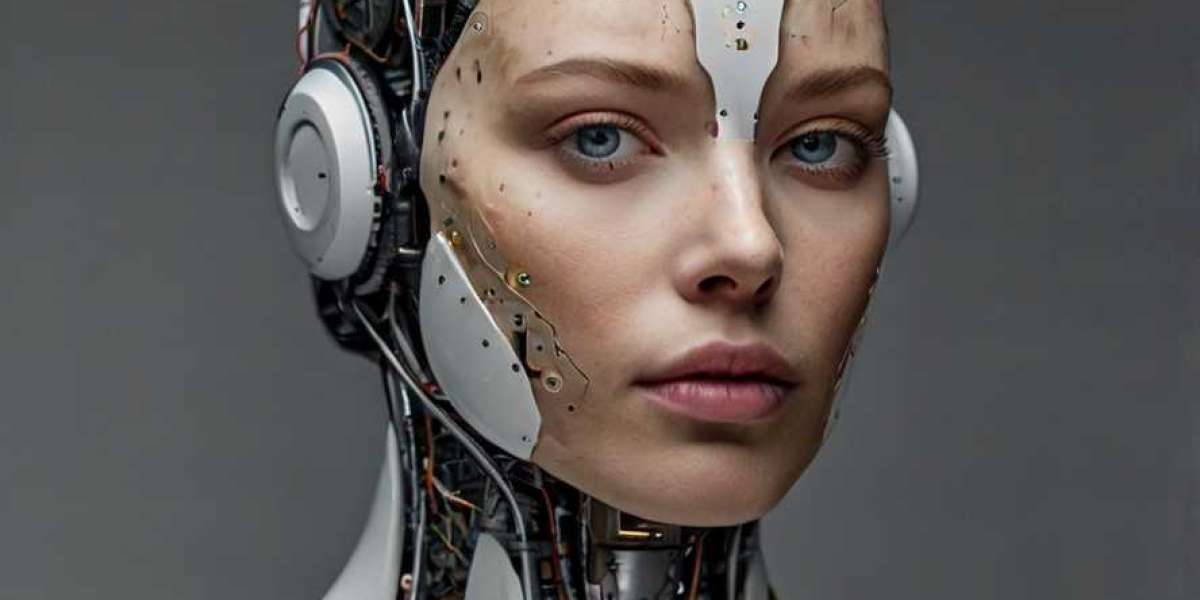In the rapidly advancing world of technology, few developments have sparked as much interest and debate as Generative AI. This subset of artificial intelligence focuses on creating new content through learned models rather than mere data analysis. It encompasses a range of applications, from text generation to image and audio synthesis, significantly impacting industries such as marketing, entertainment, and education. This case study explores the revolutionary role of Generative AI in content creation. We will examine a pioneering company, OpenAI, and analyze how its flagship product, ChatGPT, has transformed approaches in various sectors.
The Genesis of Generative AI
Generative AI's roots can be traced back to the development of deep learning and neural networks, especially models like Generative Adversarial Networks (GANs) and Transformer architectures. GANs were instrumental in generating realistic images by using two neural networks in competition with each other, while Transformer architectures, exemplified by models like GPT (Generative Pre-trained Transformer), excelled in natural language processing tasks. These breakthroughs paved the way for machines to not just analyze data but to create systems, essays, images, music, and more.
OpenAI and ChatGPT
OpenAI, a research organization founded in December 2015, aimed to develop artificial intelligence in a way that benefits humanity as a whole. The launch of ChatGPT, an AI language model based on the GPT architecture, catalyzed a revolution in content generation. With its ability to produce high-quality text across various contexts—from creative writing to technical documentation—ChatGPT demonstrated the potential of Generative AI to enhance productivity and creativity.
One of ChatGPT’s notable features is its ability to generate coherent, context-aware, and engaging content. Users interact with the model through a chat interface, prompting it to produce various text-based outputs. This capability has made it a versatile tool for numerous applications.
Impact on Industries
- Marketing and Advertising
The marketing industry was one of the first to embrace Generative AI. Brands utilize ChatGPT for creating compelling ad copy, drafting social media posts, and even generating personalized email campaigns. By leveraging AI-generated content, marketers can quickly produce tailored messages that resonate with their target audiences.
A notable example is the collaboration between an e-commerce company and OpenAI’s ChatGPT to enhance its email marketing efforts. The company faced challenges in crafting personalized emails that would engage customers and promote products effectively. By integrating ChatGPT, the company managed to generate tailored content based on user preferences and past purchase behaviors. The outcome was significant; the open rates of the emails increased by 30%, and customer engagement improved markedly. This case highlights how Generative AI can optimize content generation for businesses, allowing them to respond dynamically to customer needs.
- Entertainment and Media
The entertainment sector has also experienced a paradigm shift due to Generative AI. Script writing, brainstorming ideas, and even composing music have seen significant advancements. For instance, a film studio tasked ChatGPT with generating screenplay drafts for a science fiction film. While the AI-generated scripts required refinement and modifications by human writers, the initial drafts served as excellent starting points, enabling the creative team to brainstorm effectively.
Streaming platforms have harnessed the technology to generate summaries, reviews, and even promotional content for their shows and movies, effectively cutting down content turnaround time. The success of AI-assisted projects encourages further experimentation, showcasing that creative collaboration between humans and AI leads to innovative storytelling.
- Education
Generative AI is playing a transformative role in education by providing personalized learning experiences and resources. Educators can use AI to create customized lesson plans, quizzes, and study materials tailored to individual student needs. ChatGPT’s ability to explain complex topics in simpler terms has made it an invaluable resource for tutors and learners seeking assistance.
A public school in California implemented ChatGPT as a supplemental educational tool. Teachers utilized the AI to develop customized assignments and study guides, addressing different learning styles and speeds in the classroom. Feedback from students indicated higher engagement levels, and teachers reported improved academic performance in standardized tests following the AI's introduction. This illustrates Generative AI's potential to support differentiated instruction and enhance the educational experience.
- Healthcare
In the healthcare sector, Generative AI is beginning to influence clinical practices and administrative processes. AI models can assist in generating patient notes, summarizing medical literature, and producing educational materials for patients and healthcare providers. An innovative hospital system collaborated with OpenAI to leverage ChatGPT for enhancing patient communication. The initiative aimed to create clear, empathetic pre- and post-operative instructions for patients.
Surveys revealed that patients who received AI-generated instructions reported higher satisfaction levels and a better understanding of their care. This effectiveness demonstrates Generative AI's capability to enhance patient education and improve healthcare outcomes while allowing medical professionals to focus on more complex tasks.
Ethical Considerations
Despite the advantages of Generative AI, the rapid proliferation of such technologies raises significant ethical concerns. Issues related to data privacy, misinformation, intellectual property, and job displacement are at the forefront of discussions around AI deployment.
- Data Privacy
Generative AI systems require vast datasets for training, often including personal data. The use of such data raises concerns regarding consent and data ownership. Organizations must ensure that privacy regulations are strictly followed and that they implement measures to protect users’ personal information.
- Misinformation
Generative AI can produce incredibly convincing but false narratives, risking the spread of misinformation. The potential for misuse in generating deepfakes or misleading news articles is significant. Responsible deployment of AI necessitates robust frameworks to combat these challenges, including training users about AI's limitations and promoting critical evaluation of content generated by machines.
- Intellectual Property
As AI-generated content becomes increasingly prevalent, questions arise about the ownership of such work. Determining whether the outputs of AI systems should be protected under copyright law poses a significant challenge for regulators. Collaboration between stakeholders from the tech and legal sectors is crucial to develop clear guidelines.
- Job Displacement
The integration of Generative AI in the workplace has also sparked fears of job displacement, particularly in fields reliant on content creation. Companies must approach AI adoption thoughtfully, emphasizing human-AI collaboration rather than replacement. Upskilling employees to work alongside AI technologies can enhance workplace efficiency and foster a culture of innovation.
The Future of Generative AI
The potential of Generative AI - http://Mb.Tickets.Wonderworksonline.com/ - to revolutionize content creation is immense. As technology advances, we can expect improvements in the quality, creativity, and interactivity of AI-generated content. The integration of Multimodal AI—capable of generating text, images, and audio—will further enhance the return of Generative AI in various fields.
However, addressing ethics and potential risks must be an integral part of the development process. For Generative AI to fully realize its potential as a transformative tool, stakeholders must engage in ongoing dialogue about responsible usage and avoid pitfalls associated with emerging technologies.
Conclusion
Generative AI, spearheaded by innovations like OpenAI’s ChatGPT, is reshaping content creation across multiple industries. From marketing to education, the ability to generate high-quality, context-specific content has enhanced productivity and creativity. However, the associated ethical challenges cannot be overlooked; stakeholders must work collaboratively to ensure responsible use and mitigate risks. As Generative AI continues to evolve, its role in content creation will undoubtedly expand, leading to new opportunities and challenges in an increasingly digital world.







